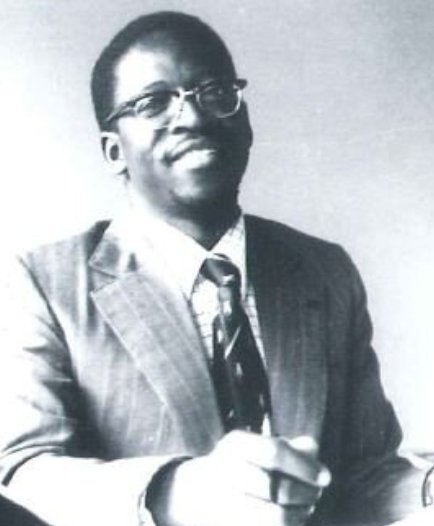By Catherine Kimotho
Published October 6, 2012
 How to Write on 1001 Subjects! focuses on how to develop great writing skills. It is intended especially for any one interested in covering creative, cultural or critical appreciation subjects.
How to Write on 1001 Subjects! focuses on how to develop great writing skills. It is intended especially for any one interested in covering creative, cultural or critical appreciation subjects.
As the title, How to Write on 1001 Subjects!, suggests, there are a number of ways to write on any subject within human experience. The book is divided into eight main sections that cover introduction to writing; style, tone and format of writing; arts journalism and criticism; and arts appreciation and criticism. But as the saying goes, the devil is in the details. And so it is with How to Write on 1001 Subjects! that runs 44 pages and costs merely Sh250.
Besides zeroing in on Fine Arts Analysis, Literary Analysis, Music Analysis and Film Analysis, this manual also defines mass media, the role of mass media, news, journalism and how and why news is written the way it is. It also touches on interviewing skills, approaches to appreciating creativity, the angles from which critical appreciation is looked at and the vocabulary used in filing analytical reports. And one feels it gives more attention to film than any other medium that gets four pages compared to music, literature or fine art that take a page each.
This book is a quick read; one can read it in one sitting while riding on a bus or matatu. But this in no way suggests that the content is shallow. Ideas and instructions set out in this book will require that one must constantly practice the art of writing in order to improve in one’s writing. For example, chapter II instructs journalists on the kind of preparation they must undertake before an interview. A journalist must be prepared for the task ahead through background research, making an appointment with the interviewee and ensure he or she gets to the interview venue on time and sticks to the subject. These and various other instructions are given.
RELATED:Â Here is a book full of life, adventure and unexpected twists
The language used in writing the book is simple and therefore children with the desire to learn about writing can read it easily. Words such as hyperbole or metonymy have been defined using the simplest of words.
Unless one is a journalist, a researcher or already interested in cultural studies, history, anthropology or sociology the one chapter that one may find hard to swallow is chapter III that tackles Arts Appreciation and Criticism.
A brief lesson in cultural history is given in relation to the different world civilisation epochs: from the Renaissance period to Post-Modernism. The discussion on form (formalism) and context (contextualism) of a piece of art does highlight areas that a number of writers and readers who are interested in improving their writing must be keen on.
The style in terms of presentation is direct and simple. The author introduces a topic and goes on to explain it. Topics are highlighted making it easy for the reader to find a specific topic. In relation to content, the author has avoided the use of jargon in his text and simply used standard British English with examples to allow the reader’s imagination to grasp concepts.
As befits good writing, the book not only uses many and varied eclectic international sources on writing, grammar and criticism but also has the list of the sources used on the last page that would be helpful for further reading in case the reader wants to know more about a certain subject.
RELATED: Here is How to Write on 1001 Subjects!
As a whole the book does effectively illustrate the dos-and-don’ts of writing as well as the different perspectives that inform critical analysis of any form of creativity.
In reviewing How to Write on 1001 Subjects! our analysis is informed by the context in which it was written, edited and published.
While author Ondego is a former teacher of English who later took to writing and journalism and now specialises in issues related to children, youth, creativity, mass media, culture and development, this book was initially intended as an in-house writing style manual for the Nairobi (Kenya)-based ArtMatters.Info Mentorship Programme in creative and cultural writing. ArtMatters.Info specialises in creative and cultural issues in Africa and the Diaspora besides mentoring children, youth and young journalists. Thus, though the target audience of the book had been defined from the outset, any one interested in developing their literary skills will find this book an invaluable ally. It is published by ComMattersKenya Ltd of Nairobi, Kenya.




